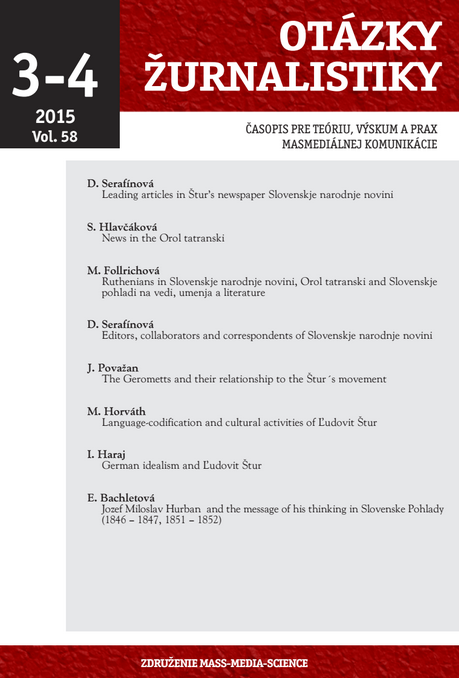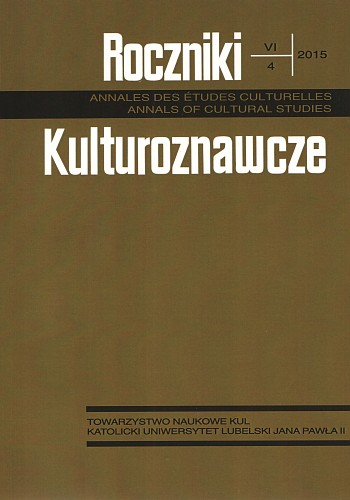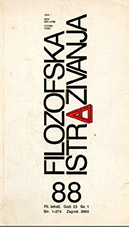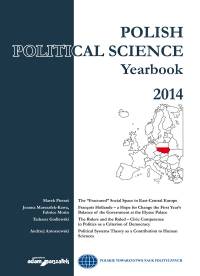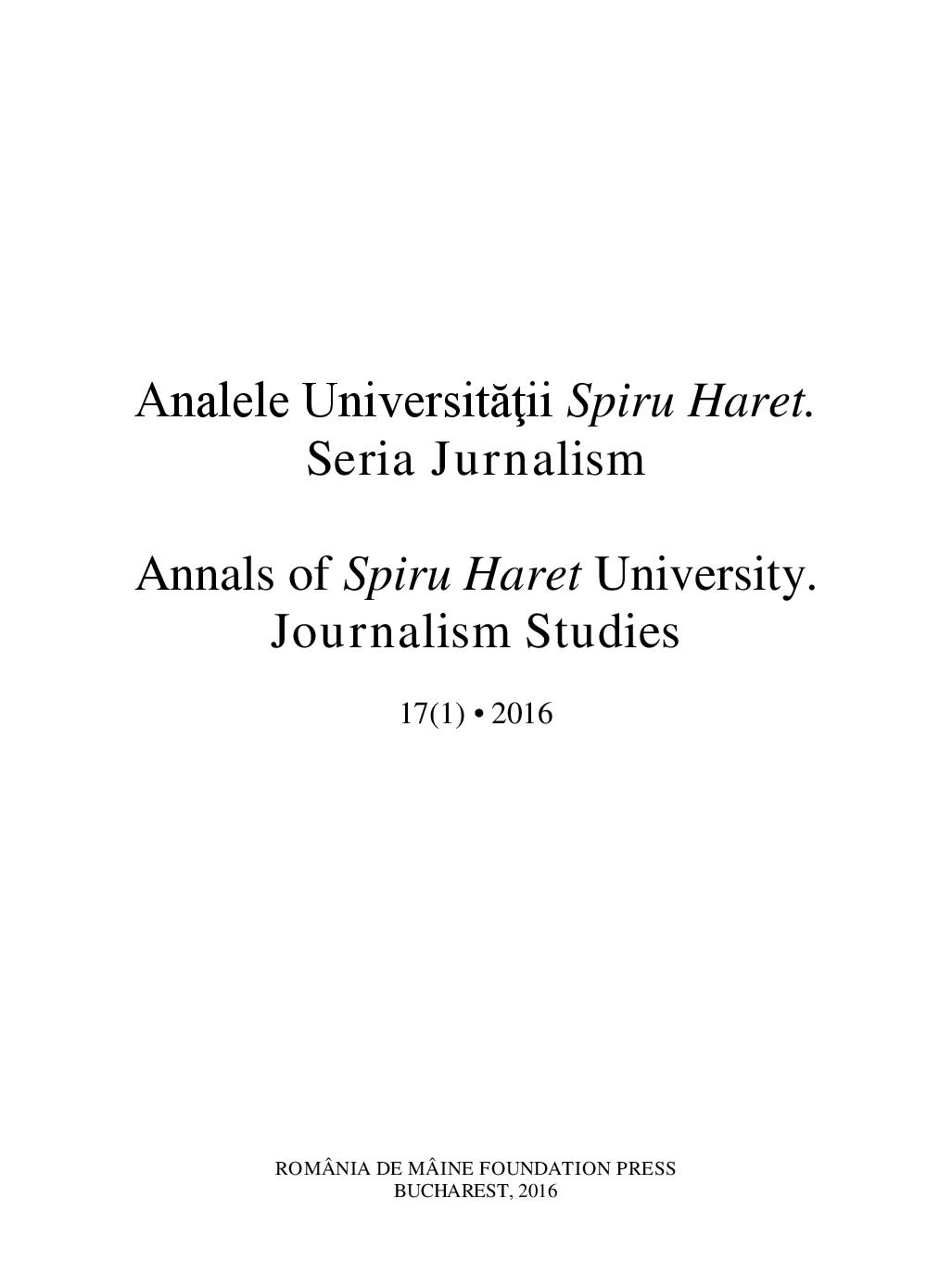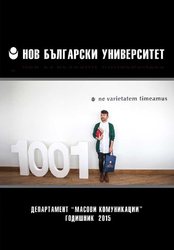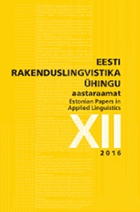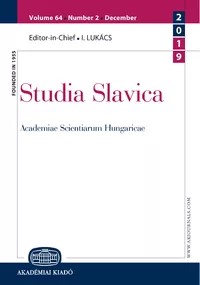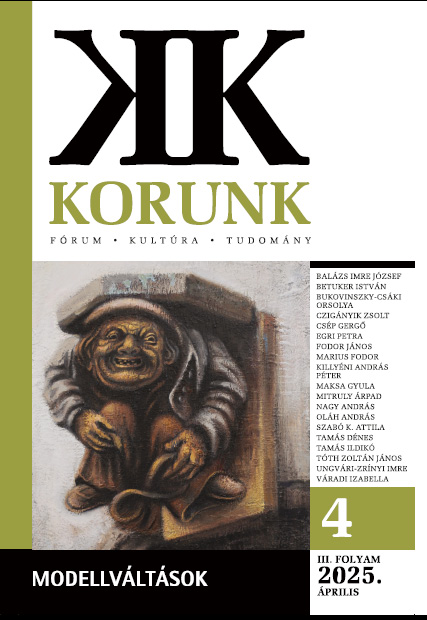Author(s): Anna Krasnikova,Valentina Noseda / Language(s): Russian
Issue: 1/2024
Presuppositions, like other types of inference, form an essential component of verbal communication, allowing speakers to generate utterances that satisfy the economy principle. In any text, it is possible to divide the content into asserted and implied messages, i.e., presuppositional content. More often, the addressee accommodates the presuppositions, i.e., he accepts the presuppositional content as true. This is what ensures successful communication. However, the communicative properties of presuppositions can be used for manipulative purposes to portray as self-evident and unquestionable what is, in fact, false and doubtful. One of the most famous examples is Gottlob Frege’s “Der Wille des Volkes” (the will of the people), which erroneously presupposes the existence of a unique will of all the people. By showing this example of “existential presupposition”, Frege (1892) was the first to discuss the manipulative potential of presuppositions. Several scholars after him have illustrated the manipulative effect of presuppositions in various types of texts, especially those of a political nature. Nevertheless, there are almost no works in Russian that examine the use of presuppositions to convey a specific representation of the world to the addressee. In this paper, the presence and use of presuppositions, as well as their potentially manipulative functions, are examined in the book Moscow: An Illustrated History (1985–1986). This choice can be explained by the intent of using not overtly propagandistic materials, where most propagandistic content is expressed in the assertive component of the message. The study demonstrates what ideas are embedded in presuppositions, how regularly this technique was employed, and what indisputable idea of reality was created as a result. More specifically, the ideas presupposed in the texts can be summarized as follows: the presence of a single multinational country that has existed for the entire duration of Moscow’s life and in which Moscow was the only center; the idea that Kievan Rus’ and the Soviet Union were the same entity; the presence of Marxist “class struggle” since the beginning of Moscow’s history; and the notion that Russia was always surrounded by enemies.
More...

